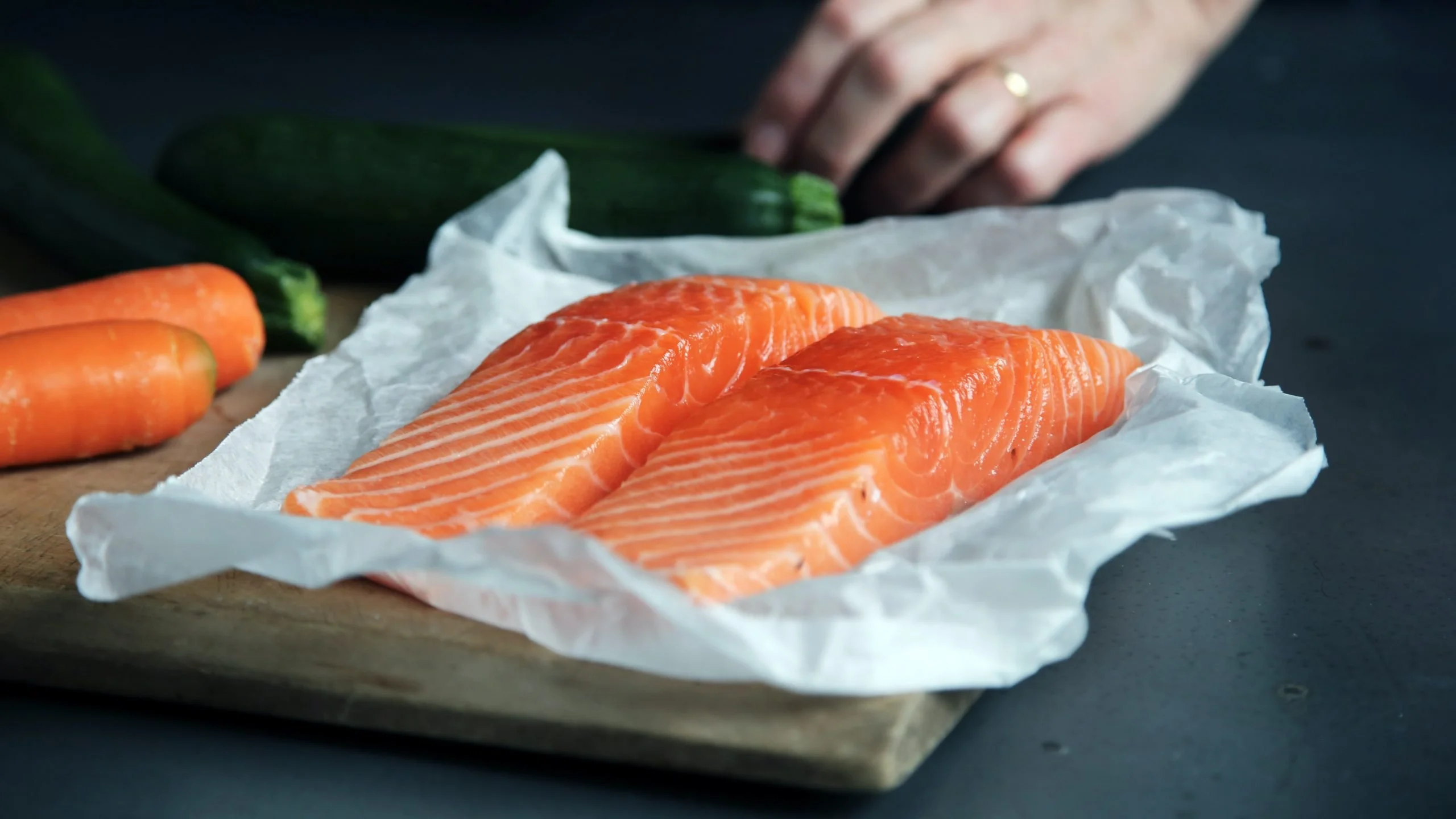The US company AquaBounty that grows genetically modified (GM or genetically engineered) salmon has experienced net losses and negative cash flows since its inception and its share price has recently tumbled. A former employee is now also alleging disturbing health and safety practices at AquaBounty’s US facility.
AquaBounty grows the world’s first GM food animal – a GM fast-growing Atlantic salmon – at two on-land facilities, in Prince Edward Island and Indiana, US. Most of the GM salmon is produced in Indiana: around 10% of the companies GM salmon sales revenue comes from PEI production. However, genetically modified salmon is not labelled for consumers in Canada.
AquaBounty’s financial struggles
“I don’t think the market has yet fully valued us and our capabilities.” – David Frank, Chief Financial Officer, AquaBounty.
Share prices in AquaBounty have dropped so far that the US Nasdaq exchange is threatening to delist the company if it cannot lift the price. On November 8, shares in AquaBounty were trading at 65 cents, down from over $23 per share in 2017. The share price has been below a dollar for more than 30 days.
The company is depending on just a few customers to buy its GM salmon. Its’ financial report shows that just three companies accounted for 69% of AquaBounty’s total revenue so far this year (this includes some sales of non-GM salmon eggs and fry).
AquaBounty says it will build a new GM fish plant every two years and has even mentioned the possibility of building a facility in Ontario. However, AquaBounty may struggle to complete its current construction of a new fish factory in Ohio. AquaBounty is building a new, even bigger fish farm in Ohio but local people have protested the proposed use of water for the plant that would see removal of 5.25 million gallons a day from the local aquifer and the dumping of about as much back into a local river from the facility. Construction started this year but the company does yet not have all the approvals and permits required. In its recent financial report, the company says, “…we may be unable to construct such facilities as planned or at all. We may not be able to obtain the financing necessary to complete construction of our proposed facilities.”
AquaBounty currently has at least five loans from Canadian federal and provincial government agencies. For more information on the government loans see www.cban.ca/fish.
Allegations from AquaBounty whistleblower
Former AquaBounty employee, Braydon Humphrey, who worked for the company in Indiana from 2018-2020, recently leaked 113 photos and videos of troubling practices inside the US facility. His allegations of poor fish health, bad environmental practices, and dangerous working conditions were compiled by the US activist group Block Corporate Salmon:
- Photos show “persistent contamination” of salmon tanks with unsafe levels of fiberglass particles and heavy metals,
- AquaBounty lost one third of its initial GM salmon stock during its first-feeding systems due to fungus that infected the fish,
- The plant discharged high levels of ammonia in water into the surrounding watershed,
- Videos show leaks of aerosolized hydrochloric acid,
- There was a lack of safe drinking water and basic first aid materials for employees.
AquaBounty claims their system is “designed to prevent escapement and impacts on the broader ecosystem” but photos show instances of containment breaches, fish escaping from tanks, and water flow and drainage practices in violation of US government regulation. The US facility regularly goes beyond Indiana government allowances for effluent discharges into the Mississinewa River.
AquaBounty also claims that the GM salmon “enjoy a clean environment, where they have adequate space to swim and school naturally.” However, reports allege that the fish experience dense confinement, preventable suffering, toxic water quality, stomachs ruptured from abnormal growth, and mass mortality. Humphrey says that tanks of GM salmon were heavily crowded and that the high density of fish led to negative impacts on fish health. He says he witnessed multiple huge die-offs of GM salmon as well as the erosion of fish fins from the fish rubbing against their neighbours in overcrowded tanks. The amount of dead fish in the tanks was affecting water quality. In one of many videos posted on twitter, Humphrey says, “If AquaBounty’s next advertisement campaign doesn’t include old dead fish sludge I’ll be very disappointed.”
AquaBounty fired Humphrey within a week of him contacting the Occupational Safety and Health Administration (OSHA). Humphrey then filed an official complaint with OSHA which was dismissed. AquaBounty says the claims are “not accurate.”
Click here to read the full report, and click here for the photo and video evidence.
See also @blockcorpsalmon on twitter to share posts about the evidence.
Canadian government to review GM animal legislation
Meanwhile, the legislation that regulates genetically modified (genetically engineered or GE) animals is being revised. Bill S-5, an Act to amend the Canadian Environmental Protection Act, 1999 (CEPA) has been sent to the House of Commons Standing Committee on Environment and Sustainable Development for review. In a positive move, the Senate of Canada, in reviewing Bill S-5 earlier this year, made 24 amendments to the Bill including on GE animals. “We are calling on the federal government and all MPs to support and strengthen the Senate amendments on GE animals,” says Mark Butler, Senior Advisor with Nature Canada.
However, Environment and Climate Change Canada and Health Canada have also just launched a review of the CEPA regulations that conflicts with the timing of the CEPA legislation review. CBAN has requested an extension to the new “pre-consultation” that ends on December 5. Stay tuned for more details.
For more information on GM salmon see www.cban.ca/fish
